The Norwegian Church’s potential privatisation has ignited a campaign to protect those who call it home.
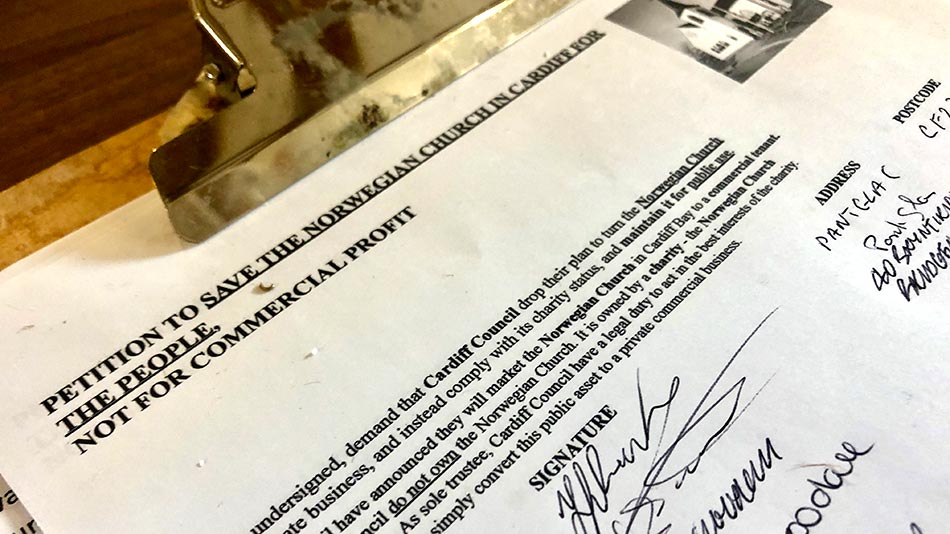
Local artists could face displacement following Cardiff Council’s prospective plans to privatise Cardiff Bay’s Norwegian Church.
The potential commercialisation of has left small-time crafters fearing they could not only lose their upstairs gallery and weekend market space below, but another layer of their community.
“So much of the original Cardiff Bay has already gone private and been commercialised,” said Cardiff artist Christine Williams, who has created hand-crafted paintings, embroidered cards and prints with pure beeswax for 20 years.
“This is one of the last bits of the Bay that persists, but if it goes private, it could be completely different. This landmark could be completely gutted, but I know there’d be no more of this. There’d be no more of us,” Williams said.
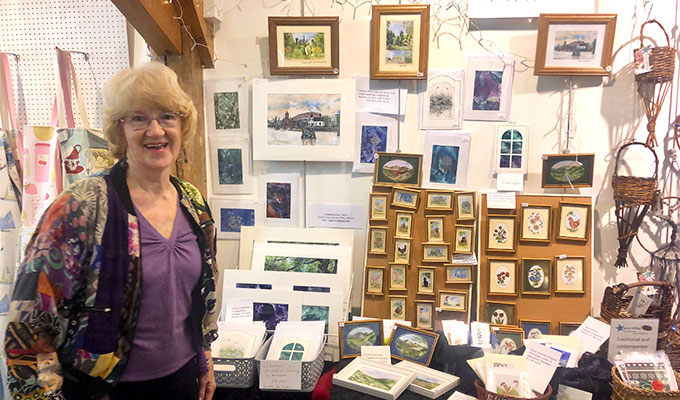
Williams and 12 other local artists use the church’s upstairs Dahl Oriel Gallery to showcase works ranging from wax soaps and blown glass to embroidery and woodwork from Penderyn whiskey barrels. Yet the space is not merely for personal display.
“I’ve always found it to be an inspiring space to exhibit but equally a place where visitors are able to spend some time discussing items with crafter’s in a building with a really interesting history,” said Imants Grindulis, owner of ImmysWoodcraft.
“Both the products and the space have stories to tell and enhance our local connection,” he said.
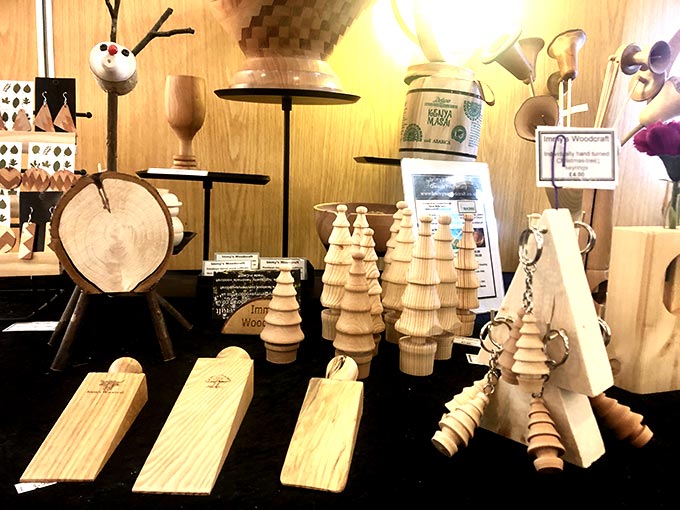
In May of this year, Cardiff Council announced a list of buildings to lease for commercial potential. While recognising the community hub’s importance, the council said the site’s significant need of investment offered no other choice but to look to “new partnership arrangements,” according to an article by WalesOnline.
“I’m not aware of an alternative venue if the Norwegian Church is lost,” said Mark Lewis, a Cardiff-based landscape photographer who has used the gallery for several years.
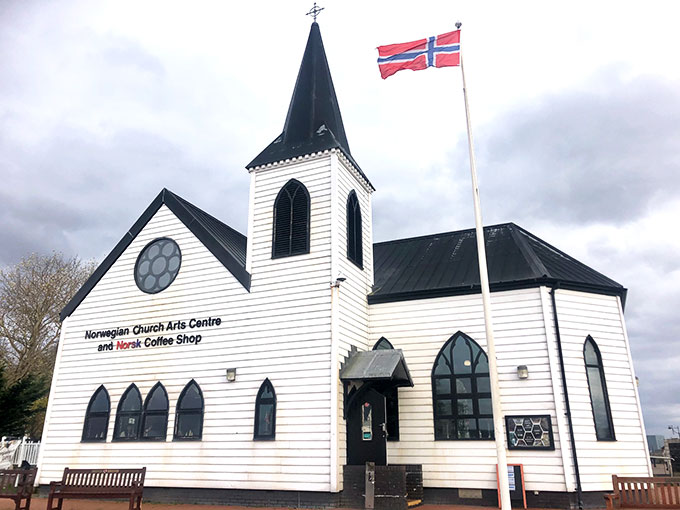
This month, the Welsh Norwegian Society introduced a petition and accompanying statement of concern demanding the council drop all commercial plans so as to maintain the church for continued public use.
The petition has garnered more than 6,000 signatures from people all over the world.
“It just doesn’t seem fair,” said Sara Herrick, a visitor to the gallery who signed the petition. “This is a great place for people to enjoy what they do. To force them out to make money, it’s wrong.”
If privatisation persists, Williams said heightened rents and commission costs will inevitably drive the craft workers from the premise, forcing them instead to rely on local art fairs and markets to sell their goods.

This isn’t Cardiff’s only art community threatened with viable displacement. Butetown’s Sustainable Studio, a 30-member creative workspace for artisans and artists, was faced with a similarly indefinite future after the warehouse district in which it resides was earmarked for housing development earlier this year.
“Our argument is that you have to create a space for people like us, a place for us to have affordable work space and get that value statement that is often overlooked with art,” said studio co-founder Julia Harris.
For Norwegian Church artists like Williams, the petition works in a comparable sentiment. Rather than a means of saving commissioning space, Williams argued the petition is saving a community.
“You don’t make money when you make your own things, that’s not why we artists do what we do. This not for us, it’s for Cardiff,” Williams said.
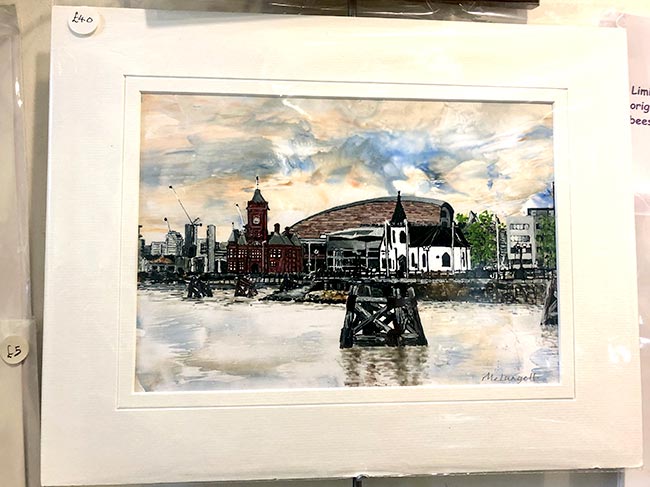
From its construction in the mid-1800s, the Norwegian Church was built on the premise of a people’s community. As thousands of Norwegian sailors hauled lumber overseas to Cardiff for the coal trade, loneliness encroached the new visitors. Together, the Welsh and Norwegian built the church as a countering method.
“Getting rid of [the church] will get rid of everything Cardiff’s been through,” Williams said.
For now, Williams will continue selling beeswax landscapes upstairs and preparing for the forthcoming holiday orders. But the gallery’s future depends on the petition’s advancing traction and possible collaboration between the Welsh Norwegian Society and Cardiff Council.
“I just hope to goodness they keep it, not for us, but for the city,” Williams said. “People come in here, and they fall in love with what they see, how it makes them feel. There’s something comforting about this place. It’s why people sign this, to keep it alive.”
